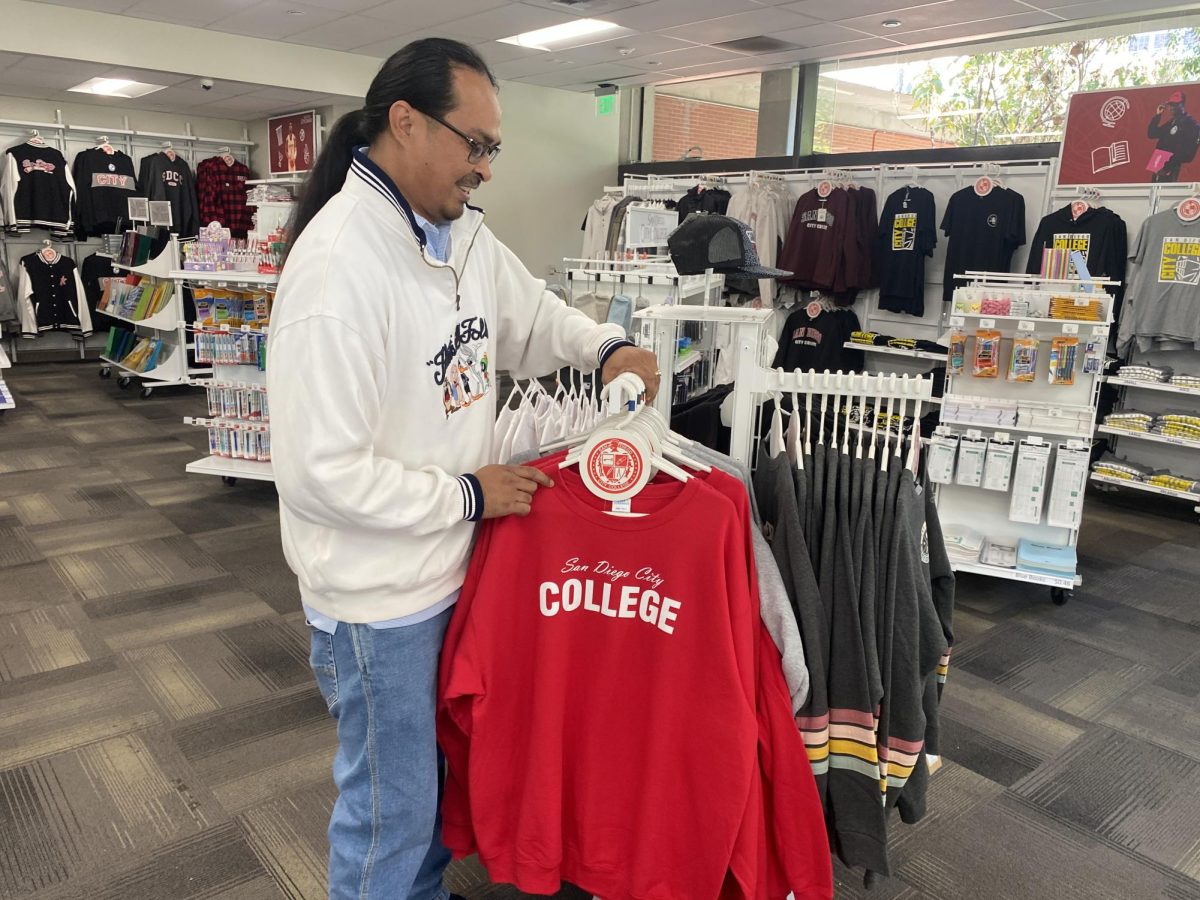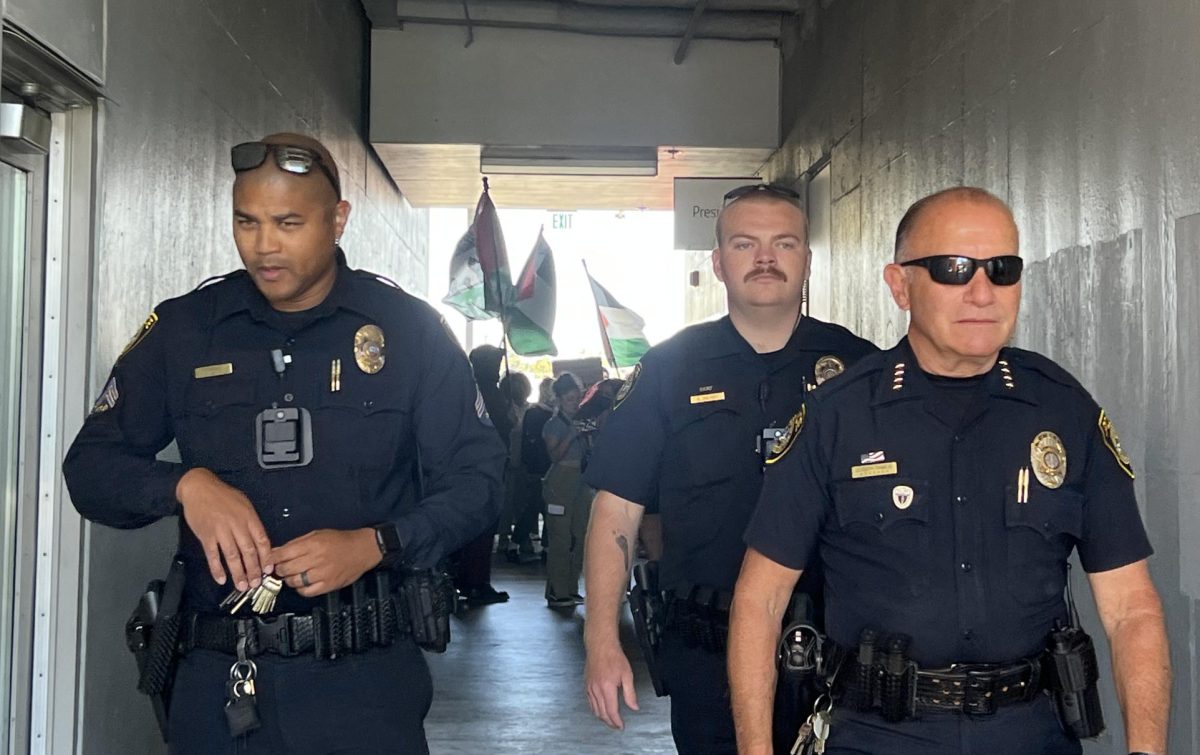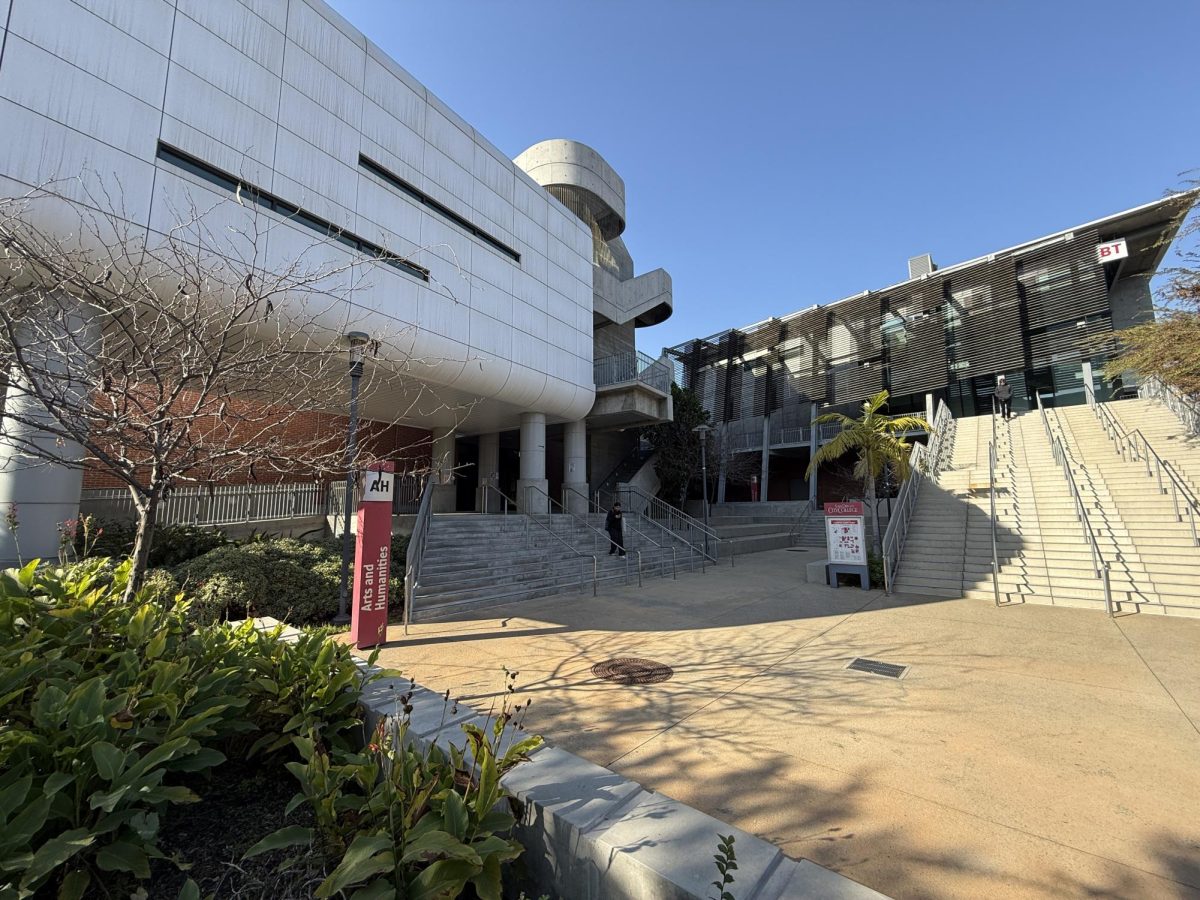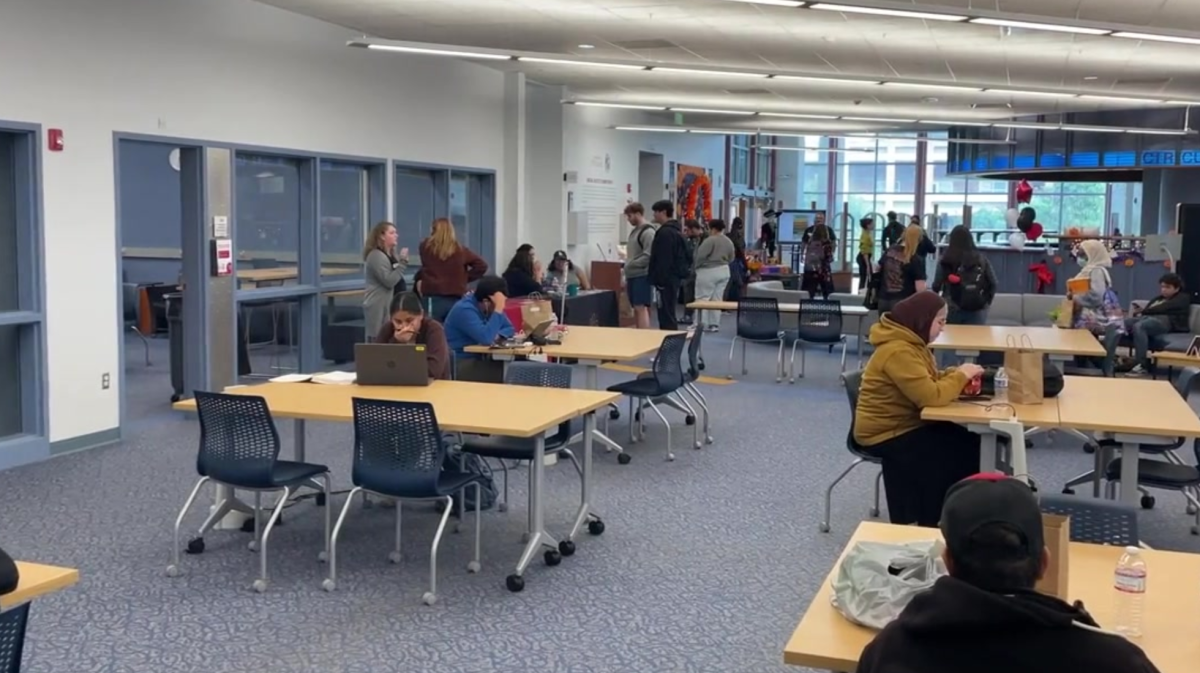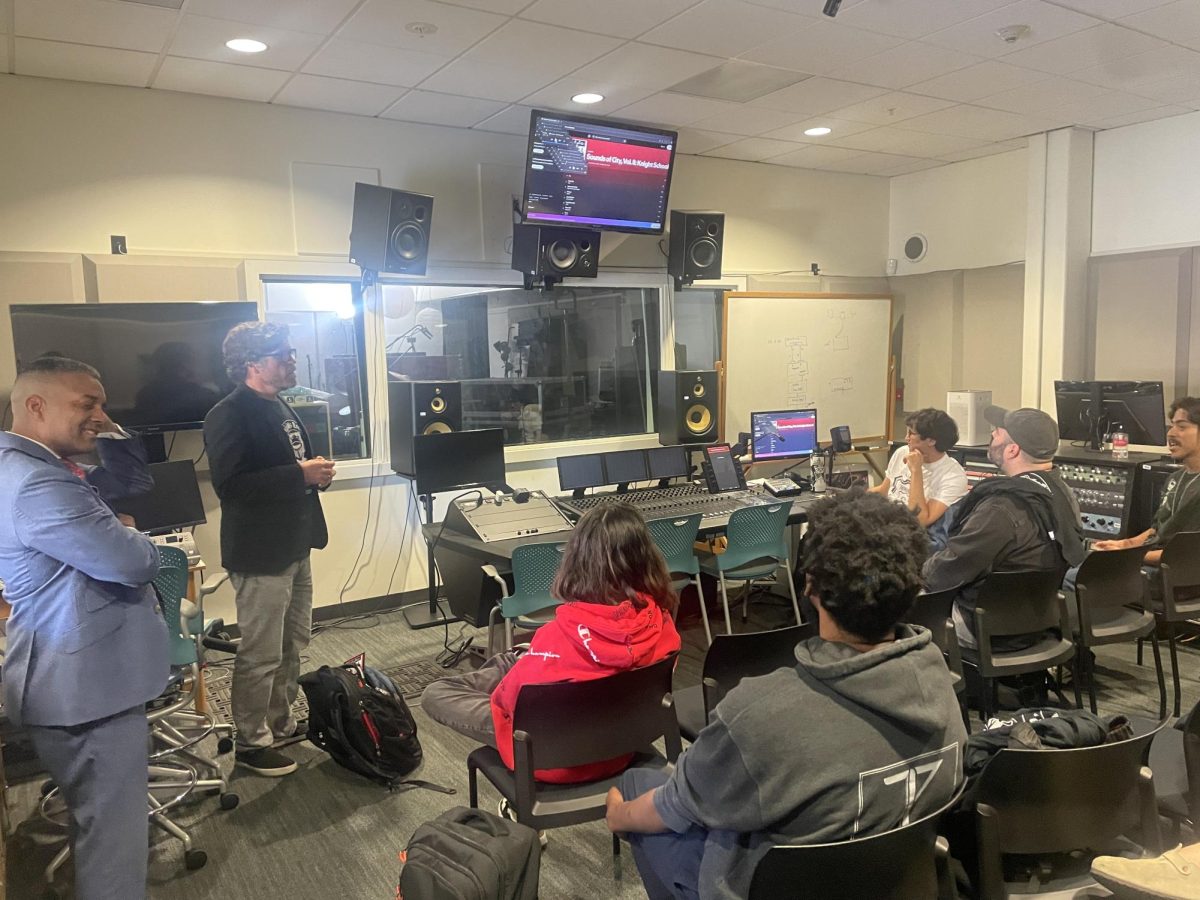Laura Castañeda, Chairperson of the San Diego City College Communications Department, will host a workshop on the fundamentals of border region reporting on Oct. 13 in Tijuana.
“Cross-Border Journalism: Getting the Real Story,” is one of a series of media events occurring that day at the Centro Cultural Tijuana as part of the ten day Tijuana Innovadora conference.
“Anybody who has worked on the border as long as I have will tell you that covering the border is almost like covering another country in itself. It is not like covering the United States and it is not like covering Mexico. There’s this no-mans-land in between,” Castaneda said.
In addition to the panel at Tijuana Innovadora, she will be teaching a course at City in the fall on border reporting.
Casteñeda started covering U.S. and Mexico border topics in 1990 when she began her first on air reporting job from Tuscon, AZ.
“I had heard of Tuscon but I didn’t even know how to pronounce it,” she said.
Tuscon is situated about 40 miles from the Mexican border town of Nogales.
“Once again, I was the only Spanish speaking person in my newsroom. Castañeda was my last name so [it was] ‘Go to Mexico, go to Mexico, go to Mexico,” she said.
But Castañeda didn’t grow up speaking Spanish. In fact, she was not fluent in it before she was 18.
“It wasn’t until I was in college and had a boyfriend who’s parents were from Mexico that I was forced to learn. And it was humiliating and I was embarrassed and my Spanish still isn’t perfect,” she said.
One of the most memorable experiences of her early career was a two week trip to Mexico she was sent on to become familiar with the area.
“It is invaluable to feel comfortable over there. The people, just the everyday people, will always be willing to help you. When you cross the border, people respect the English speaking American media more than they respect their own media,” she said.
When Castañeda started making media contacts and feeling more comfortable covering border issues, she said it got into her blood. She enjoyed the differences between Mexican media and American media.
“Even in news, there is a hecticness that goes on but its just a different hectic. I didn’t see any cursing, you know? I didn’t see anybody throwing tapes or tantrums the way I used to see here in our newsrooms,” she said.
Castañeda has not worked in the field as a reporter in 10 years and she remembers the time before iPhones and laptops.
“It was a pad and a pen. And, I had a camera on my lap with a tape in it. And, I was pulling sound bites from a camera and then I would have my script on a notepad. I would have to call somebody at the station to type it in the computer so that when I got back all I would have to do is record my voice and the editor could edit the piece or we wouldn’t make it on the air,” she said.
“Ten years ago, I don’t think the violence was in the news as much as it has been in the past ten years but still there’s this fear about violence and corruption. And, you know, a lot of times we were covering these stories that were not fluffy feature stories. They were hardcore stories,” she said.
The trip to Tijuana wasn’t for just anyone.
But there were a few who loved to go to Tijuana because there were great stories there.
“The ones who didn’t want to go, I think they missed out,” she said.
Castañeda will be joined by Jose Luis Jiménez, social media/web editor at Fronteras Desk at National Public Radio and Carmen Escobosa, an independent TV producer.
For more information on Tijuana Innovadora and the panel Laura Castaneda will be giving, visit http://tijuanainnovadora.com.

